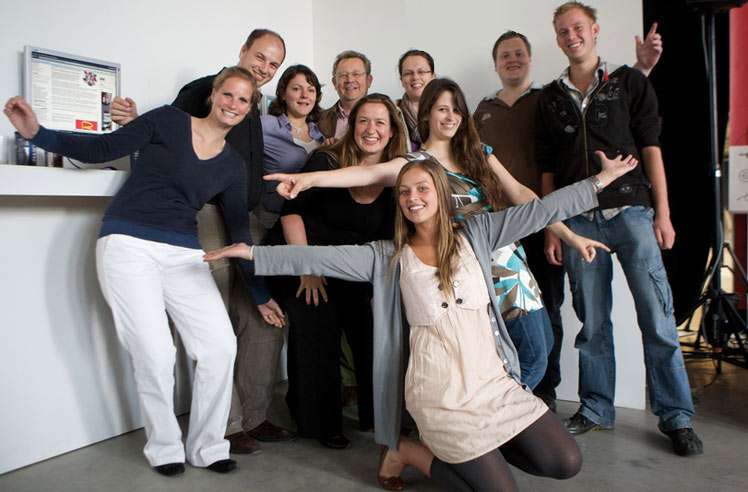
Despite high levels of unemployment in the US, many executives are complaining that it is difficult to find talent. Yet some companies are such desirable places to work that they often have to turn away talented applicants. Why is that?
We have observed that certain types of cultures find it easier to attract and retain talent than others. For example, cultures built on high-levels of trust that encourage risk-taking, shared decision-making, information sharing, and healthy disagreements are attractive to many because they allow talent and more critically, innovation, to flourish. And it is this talent and innovation that will help businesses thrive, especially during volatile times.
These cultures attract and retain talent largely because employees feel they are growing and gaining skills. Thus they become more engaged in their work and more committed overall to the business.
We see this all the time with our clients who measure their employees’ engagement. Engaged employees are more likely to create and share new ideas to help others grow and develop as well so that talent development reflects a core value of the culture. As a result, people become more passionate about helping the business succeed. These are clearly generalizations but there are also, however, solid financial reasons for growing strong and self-sustaining cultures.
As James Heskett says in his book The Culture Cycle (FT Press, 2012, p.3), research shows that “as much as half of the difference in operating profit between organizations can be attributed to effective cultures.”
Heskett then demonstrates how some highly successful companies, such as Southwest Airlines, built their success and growth on culture. Herb Kelleher, a cofounder of Southwest, said:
In the beginning, we said ‘stop wasting time on five- or ten- year plans. We want to start an airline. Culture comes first; what we’re about is growing people’. The questions we asked were, ‘What do we want to be? What do we want to do for the world?’…We wanted to be an airline for the common man. (Ibid., pg. 3)
So, does your culture expand or inhibit talent development?
Let’s start by defining what we mean by culture. Culture is defined by those shared beliefs, values, and norms (unwritten rules) that guide behavior. They help people answer such questions as:
- How open and honest can I be?
- How much information should I share?
- How do decisions get made?
- How much tolerance does this organization have for risk-taking?
- How does this organization usually handle disagreement and conflict?
- Is leadership shared or closely held?
Generally speaking, if people work within the shared beliefs, values and norms of their culture, they will succeed and get promoted. When people violate those norms, they will struggle in their jobs and, in many cases, fail. Thus, for example, in a more innovative culture, risk-taking, shared decision-making is expected so workers are forced to broaden and deepen their skills to experiment and create new solutions. (Sherman, Sperry, Vucelich – Five Keys to Powerful Business Relationships. McGraw-Hill, 2013)
People in these cultures spend a tremendous amount of time learning and thinking outside the box. It’s easy for creative talent to thrive in that environment.
The question is: Is your culture making it easier for you to attract and retain talent?
How can you tell if your culture is making it easier to attract and retain talent?
Here are some steps we recommend:
- Review employee exit interviews of talent you have lost. Did they cite cultural differences?
- Review new hire interviews for talent you have acquired recently. Discover what type of culture they were looking for.
- Define the kind of culture you need to attract and maintain talent and then identify the values, beliefs and shared assumptions needed to drive that type of culture.
- Now take a close look at the leadership team to make certain that they embody those values and that culture you want to develop. If some executives don’t, find other executives who do. Remember people watch what leaders do—not say—for cues on how to succeed.
- Analyze the culture you have to determine the gaps between what you want and what you have.
- If there are gaps, begin to determine how structures/systems need to be realigned to support the new culture, and
- which unwritten rules (norms) need to be addressed.
- If there are no gaps, celebrate and market your company as one that develops and promotes talent.
Photo courtesy of Sebastiaan ter Burg.






